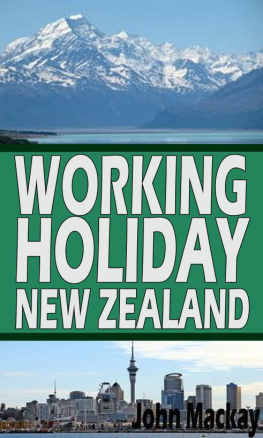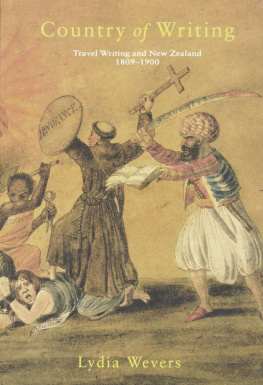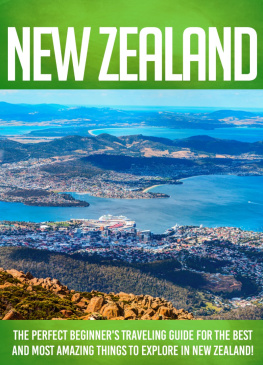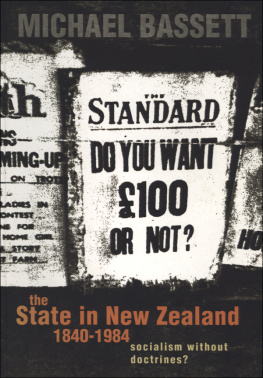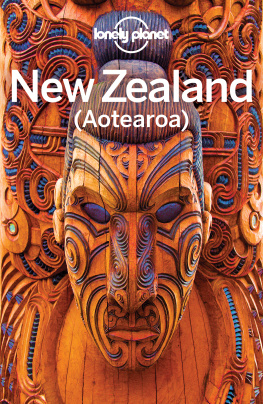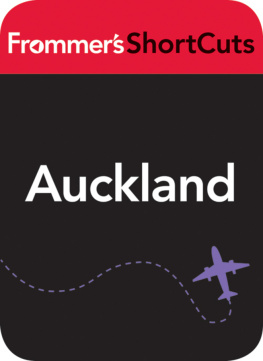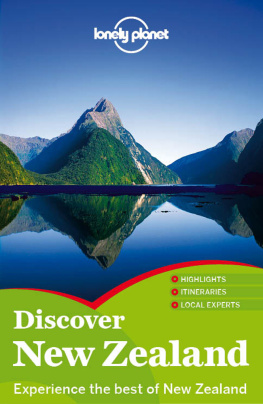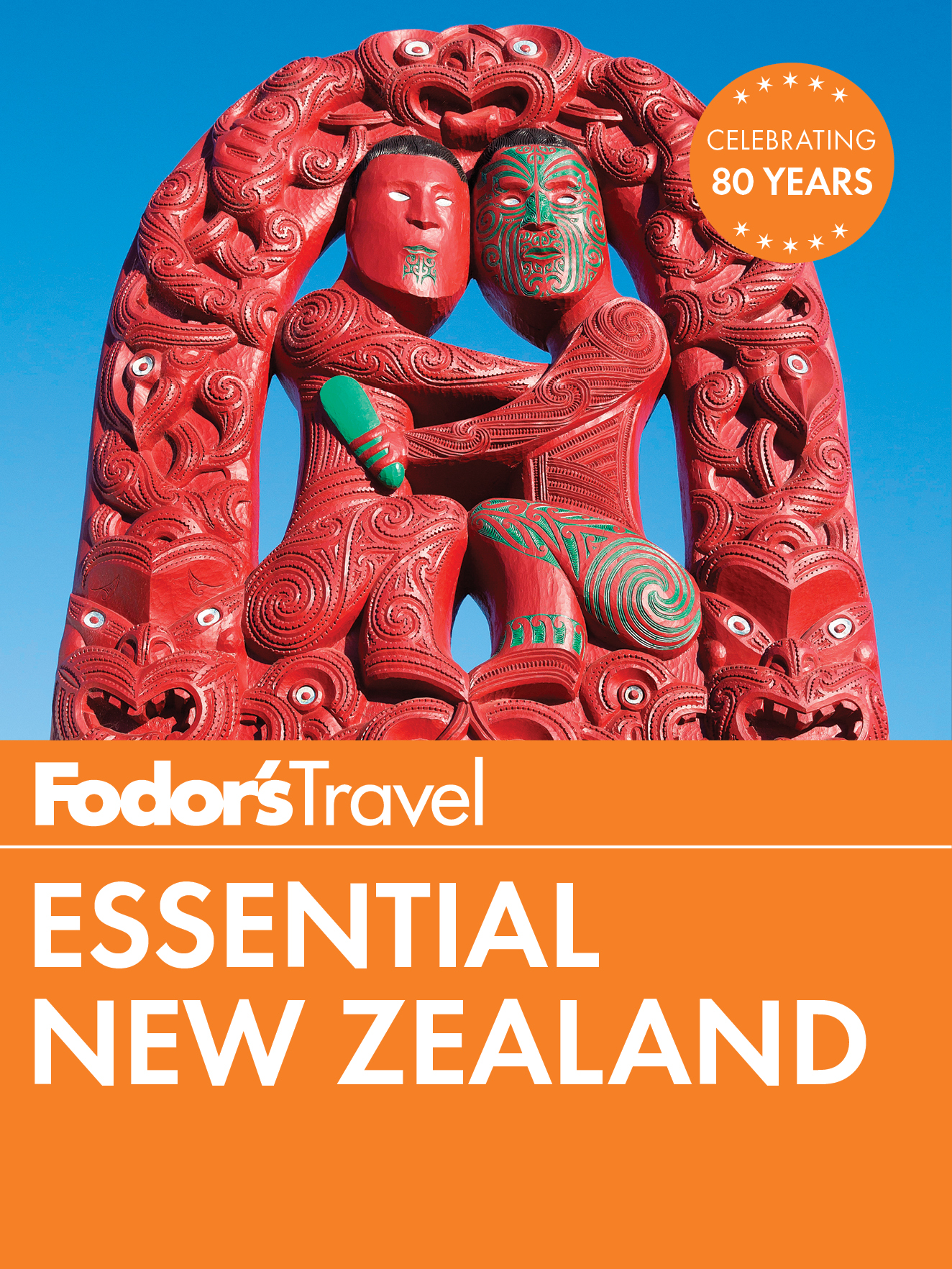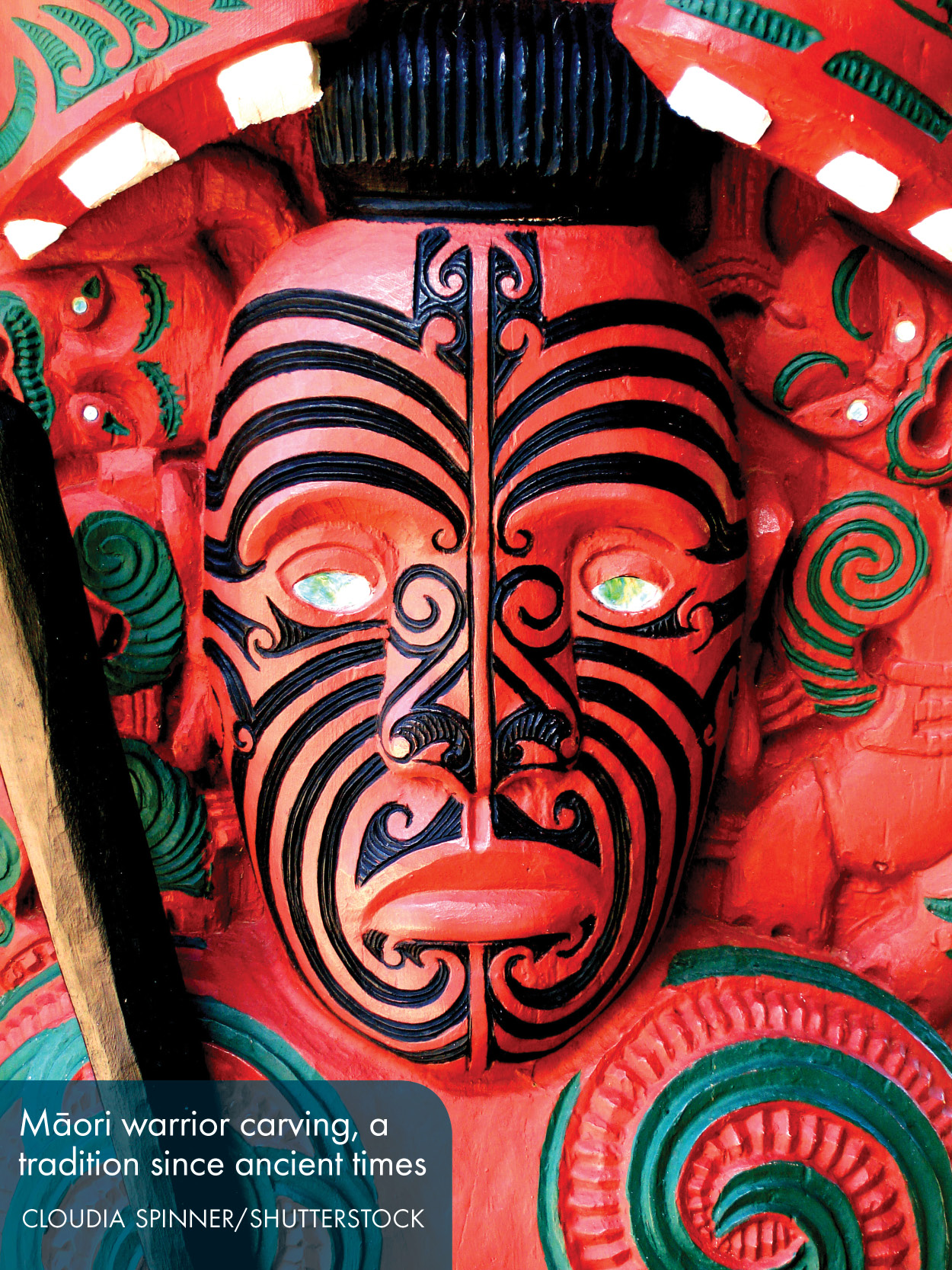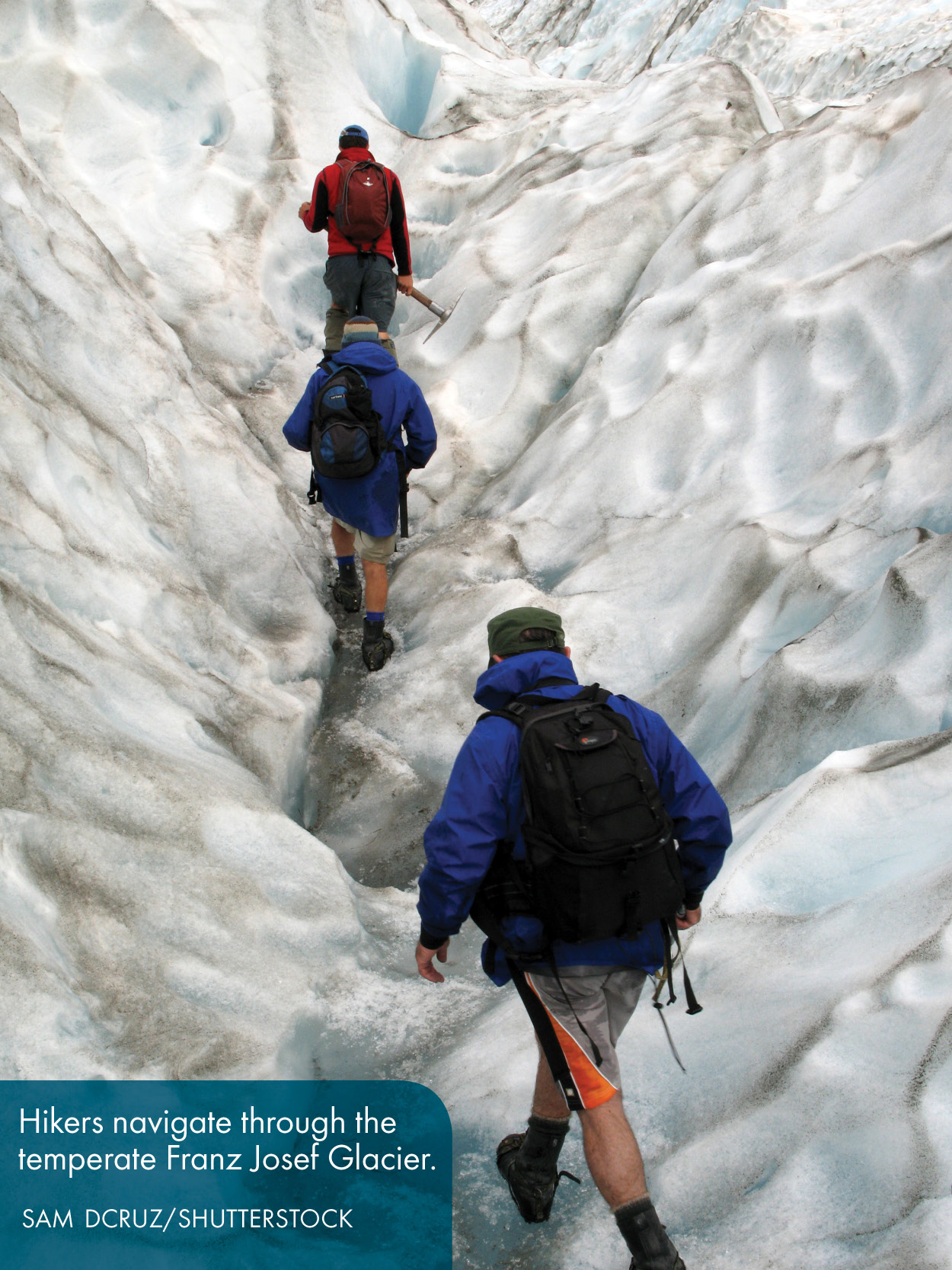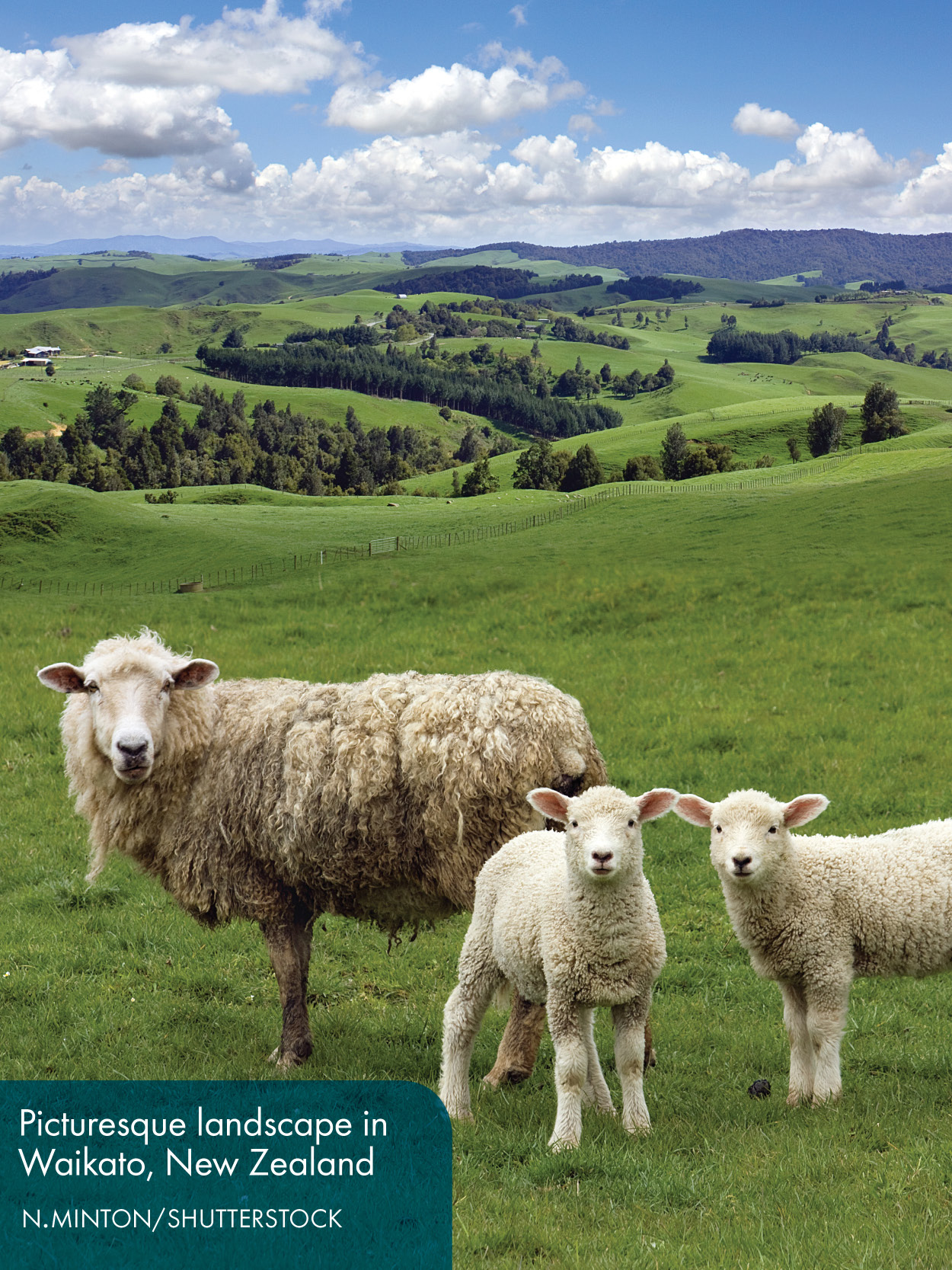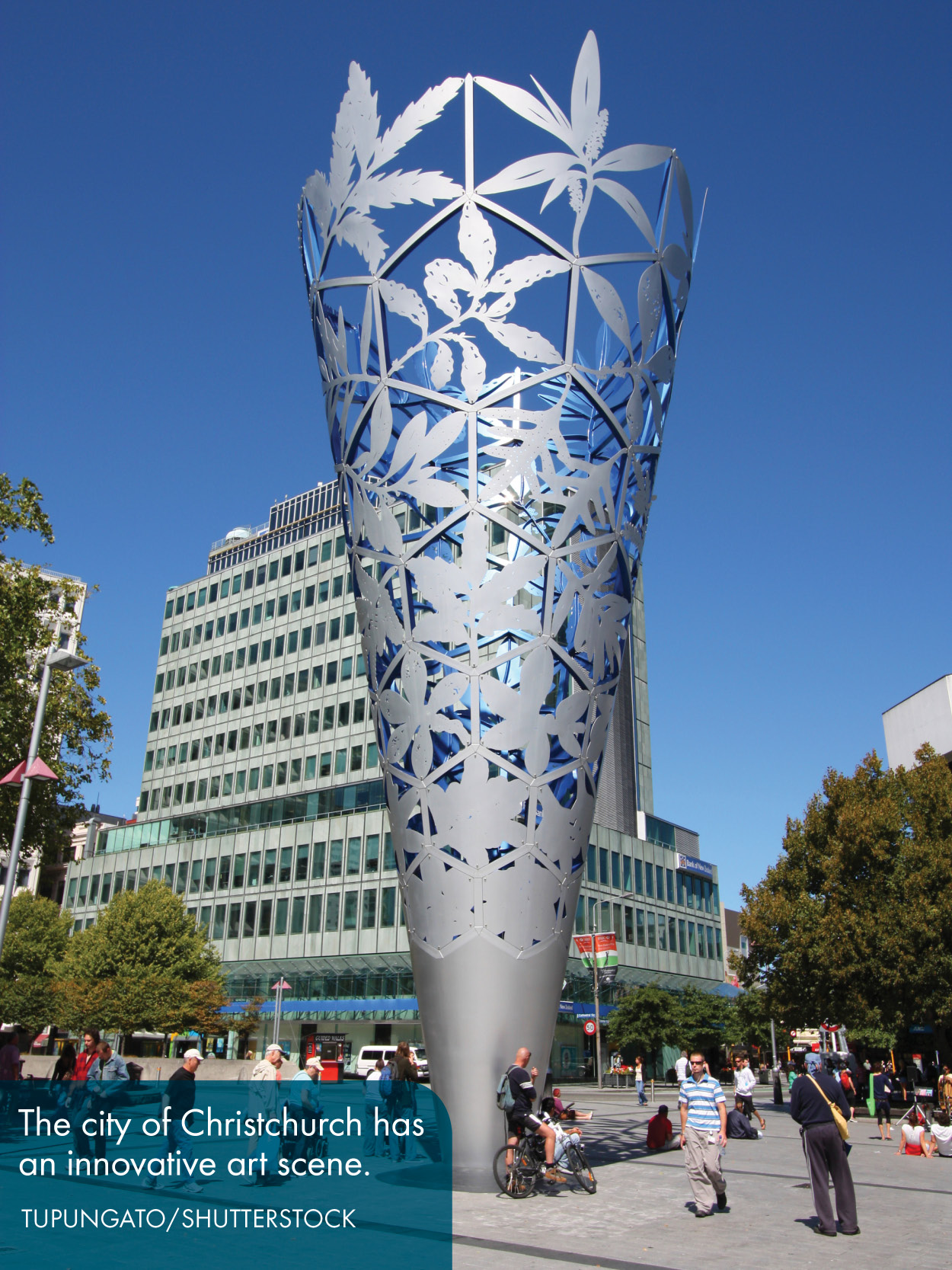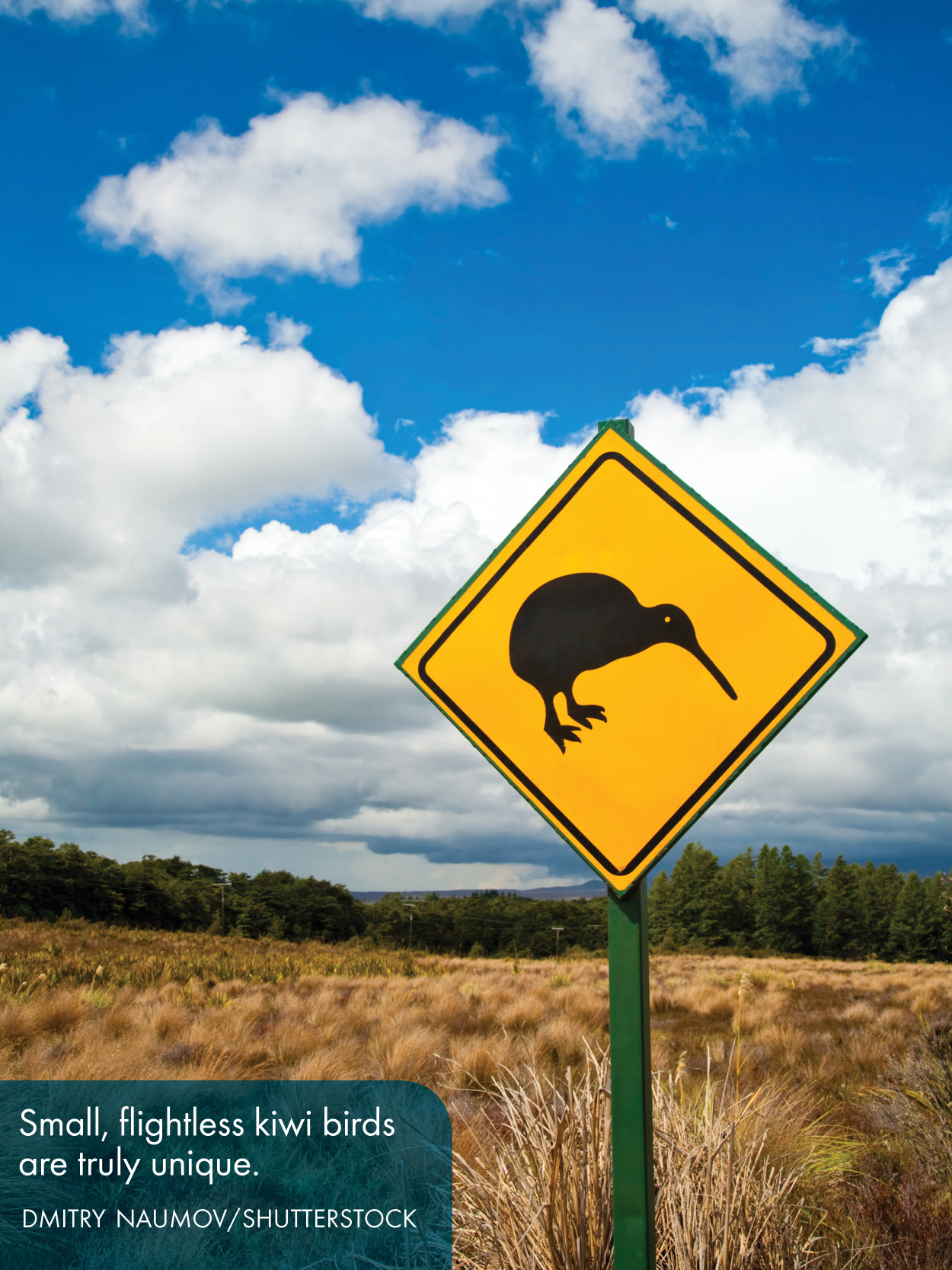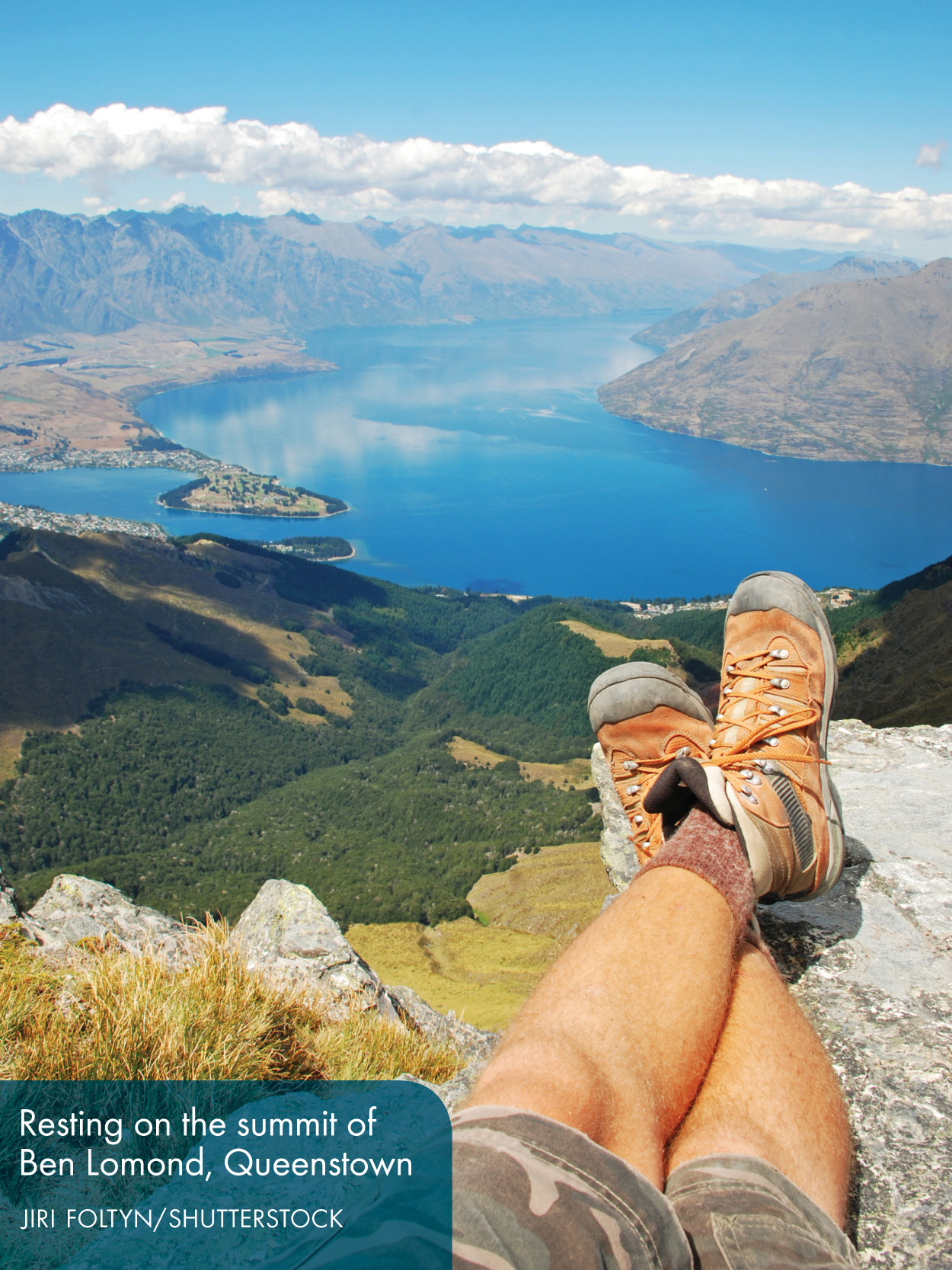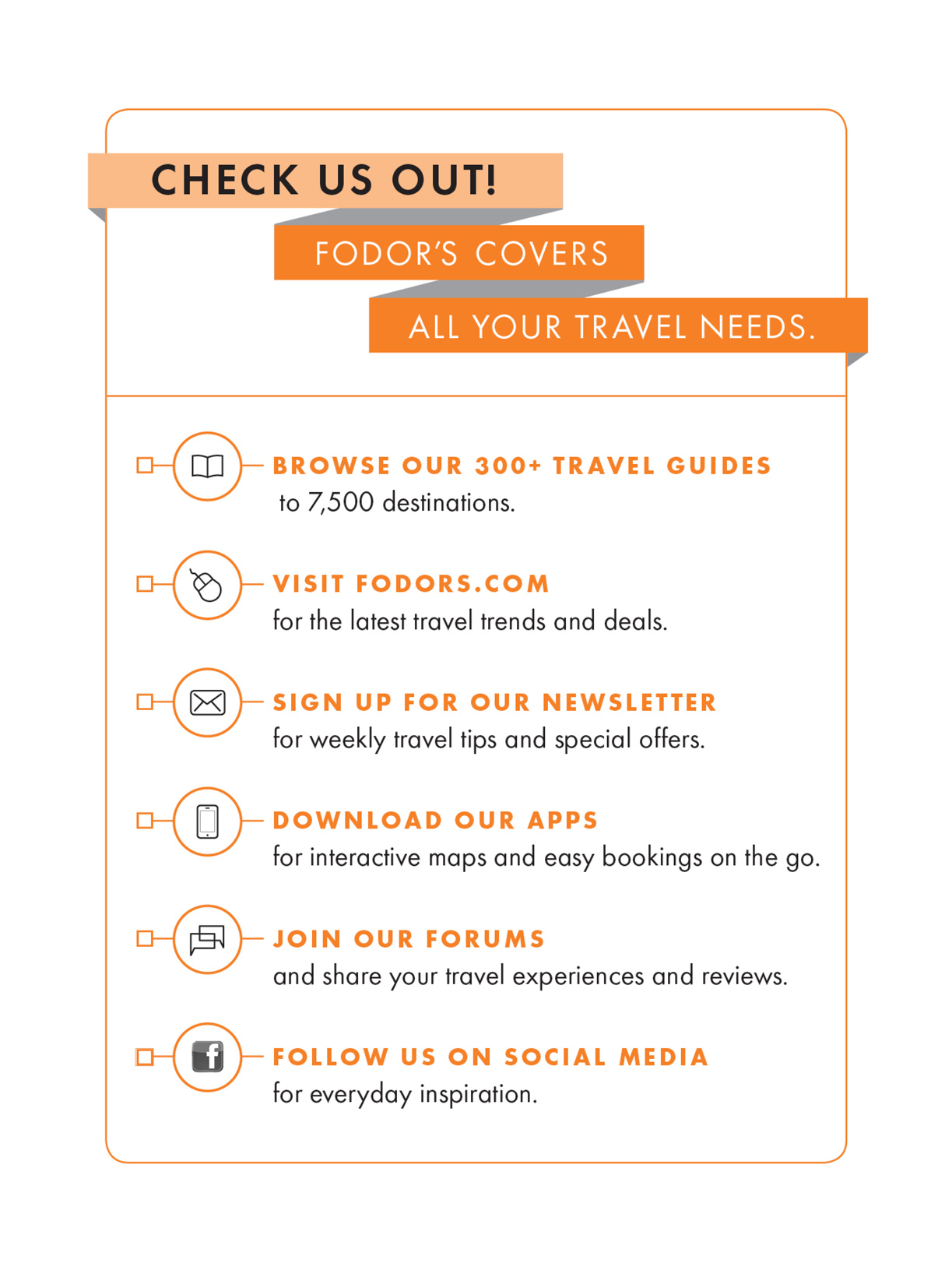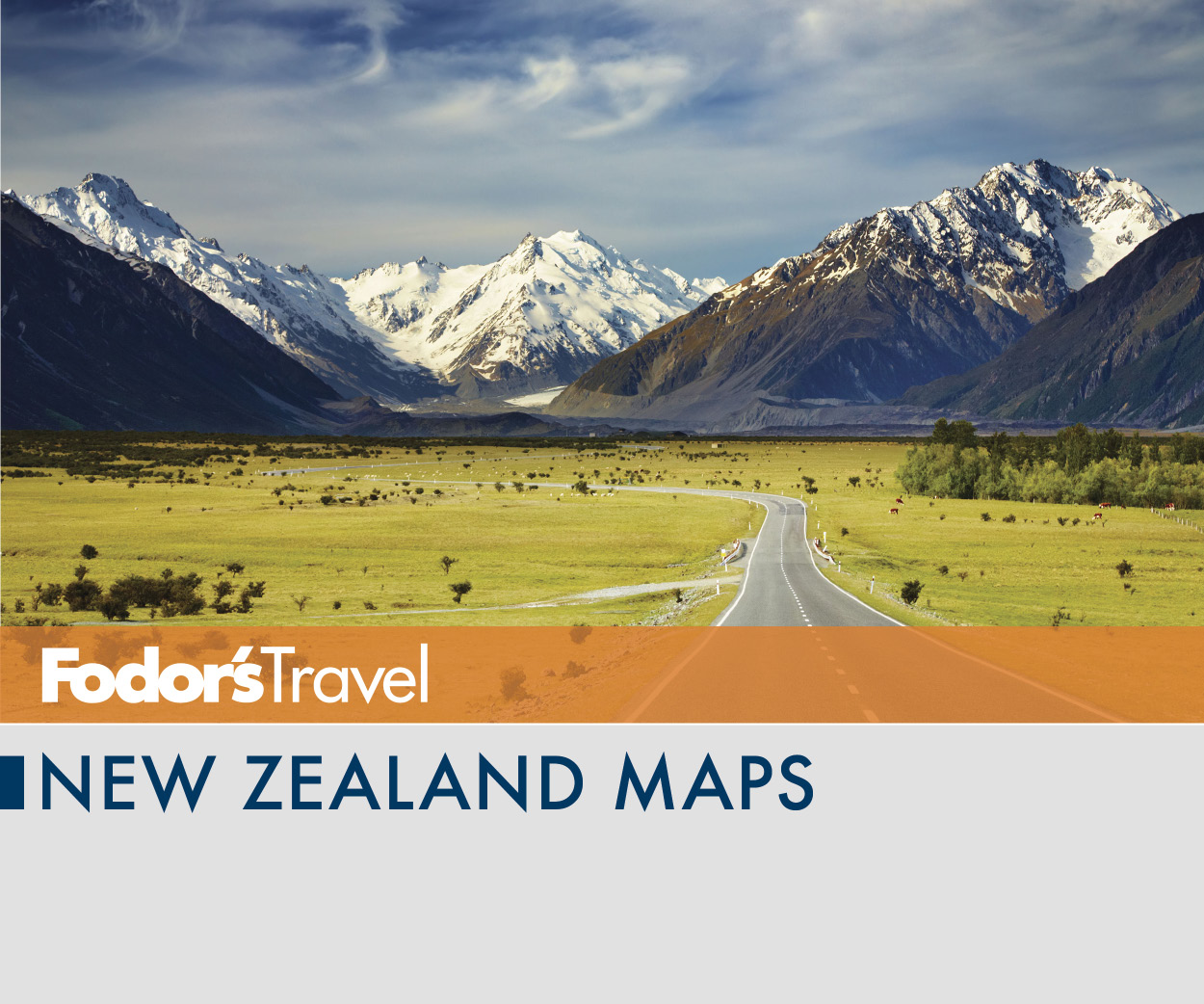Auckland
Northland and the Bay of Islands
The Coromandel and the Bay of Plenty
East Coast and the Volcanic Zone
North Islands West Coast
Wellington and the Wairarapa
Upper South Island and the West Coast
Christchurch and Canterbury
The Southern Alps and Fiordland
Otago, Invercargill, and Stewart Island
Kia ora, or welcome, to the Youngest Country on Earth. New Zealands moniker may specifically reference its place as the last landmass to be discovered, but it speaks to the constant geological, social, and political shifts the country has undergone as it has tried to find its national identity. Tectonic hotbeds include three active volcanoesTongariro, Ngauruhoe, and Ruapehuon the Central Plateau of the North Island and the still-growing Southern Alps on the South Island. In a nation of farmers with frontier ancestors, Georgina Beyer, a transsexual former prostitute, won a rural seat against a conservative opponent in 1999. New Zealands Ernest Rutherford was the first person to split the atom, but the country remains passionately antinuclear technology. The national rugby team, the All Blacks continue to dominate the field as one of the best rugby teams in the world, though many Kiwis still consider themselves to be underdogs in sport.
A Tale of Two Islands
Together, the North and South Islands make up the majority of Aotearoa Land of the Long White Cloud. New Zealand is roughly the size of Colorado (with a slightly smaller population), but you are never more than 150 miles from the sea. New Zealands two main islands are more than 1,000 miles long and together encompass nearly every environment on the planet: glaciers, white-sand beaches, fjords, rain forests, alpine forest and lakes, agricultural plains, and volcanic craters and cones.
The South Island is the stunner: the colorful beaches, inlets, and sunny vineyards of the north give way to the Southern Alps, a mountain range that can only be crossed in three places (Arthurs Pass, Lewis Pass, and Haast Pass). Aoraki/Mount Cook National Park contains New Zealands tallest mountain (Aoraki/Mt. Cook, 12,316 feet) and another 19 peaks that are more than 10,000 feet. Forty percent of the park is covered by glaciers. On the West Coast, dense native forest, wild weather, and a sparse population provide a frontier feel. At the southern end of the West Coast is primeval Fiordland National Park, more than 3 million acres of raw wilderness. Together, Fiordland, Aoraki/Mount Cook, Westland Tai Poutini, and Mount Aspiring national parks form Te Whiponamu, a UNESCO World Heritage site encompassing 6.4 million acres, nearly 10% of New Zealands total landmass.
On the East Coast of the South Island, sea life ranges from the giant 65-foot male sperm whale to the 5-foot Hectors Dolphin. On land, ideas of preserving the wildlife are different from what youd expect. Saving birds and trees entails ridding the area of possums and catsmammals that are not native to New Zealand.
Fourteen miles separate the North and South Islands over the rough Cook Strait, but the two islands are worlds apart. Due to its volcanic origins, the North Island has fertile farmlands and rejuvenated native forest. More than three-quarters of New Zealands 4.2 million people live on the North Island, which tends to have milder weather and a more forgiving landscape. Long beaches sweep up both coasts past small communities (many still predominantly Mori). Te Urewera National Park and two out of three of New Zealands longest rivers (Waikato and Wanganui) are found near the Central Plateau. Here youll also discover New Zealands largest lake (Taupo).
A Tale of Two Cultures
New Zealand is 900 miles from the nearest landmass. Its relative isolation and geographical diversity has affected its population. On a whole, New Zealanders are genial, reserved, and friendly, but they dont suffer fools or braggarts lightly. An isolated past, when things were either unavailable or expensive, led to a nation of inventors: Kiwis invented the jet-boat, bungy jumping, and the electric fence, to name a few. They were the first to climb Mt. Everest, and the first to give women the vote.
New Zealand is a bicultural nation. New Zealanders of European descent ( Pakeha ) make up 80% of the population, while Mori make up 15% (the rest is largely Pacific Islanders and Asian), and the future is still unclear. There are two camps: most New Zealanders want to move forward as one New Zealand, but a significant portion still sees Moridom as a culture set apart. Although many New Zealanders consider the reconciliation process to be labored and an impediment to forward progress, Mori is an oral culture, and many feel that continuing to discuss the past is a way of making certain it isnt lost in the present.
Kiwi Quality of Life
New Zealand is consistently rated as one of the best places to live and is one of the most active nations: Kiwis seem to be born with a love of the outdoors, and families tramp, caravan, sail, and play rugby, cricket, and netball together. Most New Zealanders are well educated. They value travel highly, with one-quarter of the population traveling overseas every year, often for their post-school O.E. (overseas experience). Kiwis dont tend to be religious, with two-thirds lightly following one of the four main Christian religions (Catholic, Methodist, Presbyterian, and Anglican). New Zealand isnt a wealthy nation, either: most Kiwis prefer a good worklife balance to an overflowing bank account.



